HAWK SENSOR SERIES
Hawk sensors provide advanced, real-time, non-contact monitoring for oil & fuel spills, leaks, contamination, harmful algal blooms (HABs), and organic matter, enabling rapid response in various field applications.
Our patented Coaxial Fluorometric Remote Sensing (CFRS™) technology ensures reliable operation on water and terrestrial surfaces—including concrete, metal, and soil—from fixed installations to pan-tilt and mobile platforms, all without
physical contact, disruption, fouling, drift, or calibration.
ADVANCED OIL & FUEL DETECTION
Hawk Hydrocarbon Sensors detect a wide range of liquid hydrocarbons—including crude oil, refined products, and produced water—offering high sensitivity and accuracy, extensive 30+ ft detection range, and coverage for both small and large
areas.
Hawk sensors operate efficiently in turbulent waters and areas with fluctuating surface distances, as well as on ground and complex solid surfaces. They offer instant alerts and real-time monitoring data for informed decision-making
and swift, decisive action.
NON-CONTACT HABs MONITORING
BlueHawk Algae Sensors continuously monitor and quantify freshwater and marine cyanobacteria (blue-green algae), golden-brown and select other microalgae in water, based on real-time pigment level measurements.
Our non-contact, non-intrusive CFRS sensing technology ensures reliable, maintenance-free operation with no biofouling, making these sensors ideal for unattended, long-term monitoring of source water reservoirs and intakes, industrial
water systems, lakes, bays, estuaries, and other waterbodies.
Where Hawk Sensors Enhance Safety and Protection: On Water, Land & Beyond
Application Examples & User Benefits
We’re actively developing innovative applications for our non-contact Hawk Sensors, designed for early detection of environmental and operational threats. Purpose-built to address three major environmental risks—oil/fuel releases (spills and leaks), harmful algal blooms (HABs), and colored dissolved organic matter (fDOM/CDOM)—our sensors provide proactive monitoring, enable rapid incident response, and deliver effective risk mitigation.
By deploying Hawk Sensors, users can detect hydrocarbon spills, leaks, and contamination in real time; achieve continuous, biofouling-free monitoring of HABs; and track organic matter to optimize water treatment and manage disinfection by-product (DBP) formation. Our sensors capture threats at the surface where contamination, blooms, and organic matter plumes usually first appear; improve process control, operational efficiency, and resource management; and strengthen compliance, environmental stewardship, and protection of critical assets and infrastructure.
Our solutions help safeguard water quality and public health—supporting communities in managing environmental hazards while enhancing process safety at industrial facilities. Monitoring data also supports reporting, delivers real-time anomaly detection and early warning, and enables trend analysis and predictive modeling—providing actionable insights for stakeholders across municipal, industrial, and environmental sectors.
If you work in any of the sectors below—or in another field where advanced non-contact hydrocarbon detection, HABs monitoring, or organic matter tracking could add value—we encourage you to explore our technology and capabilities here on our website. We also invite you to connect with us and share your unique challenges, so together we can develop a tailored sensing solution optimized for your needs.

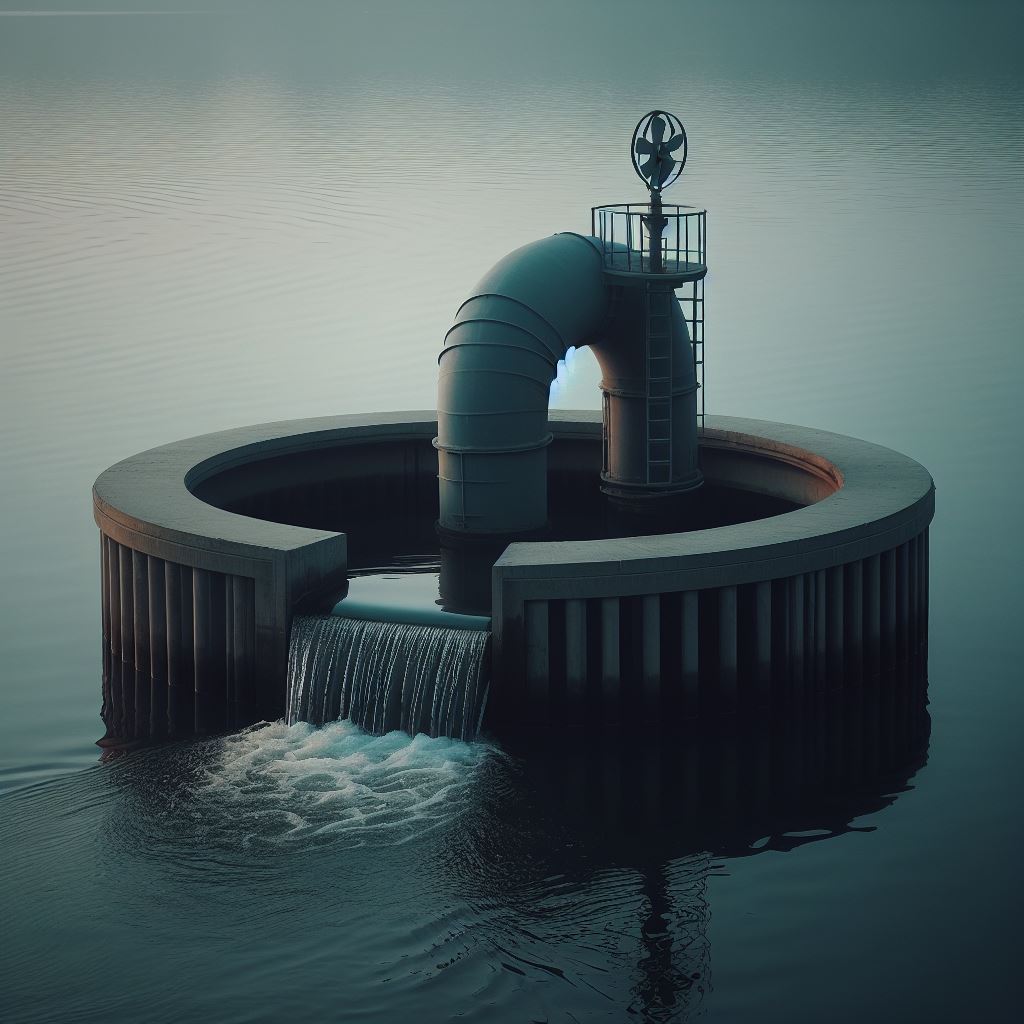








Principle of Operation
Hawk sensors utilize non-contact multispectral fluorometry, a technique that uses light to detect specific molecules based on their fluorescence properties.
Depending on the application, the sensors project pulses of ultraviolet (UV) or visible light onto the monitored water, ground, or solid surface, which can be more than 33 ft (10 meters) away from the sensor. When this light interacts
with certain hydrocarbons found in crude oil and petroleum products; photosynthetic pigments in cyanobacteria, green algae, or select other microalgae; or fluorescent components within colored dissolved organic matter (CDOM), it causes
the emission of fluorescent light at distinct wavelengths.
On water: Hydrocarbon contamination, harmful algal blooms (HABs), and dissolved organic matter (DOM) plumes typically first appear at or near the water’s surface. By monitoring this surface layer, Hawk sensors detect these threats
at the earliest possible stage, enabling operators to take protective action—such as switching to uncontaminated intake sources or adjusting treatment processes—before contamination spreads deeper into the water column.
The sensors then detect this fluorescence and measure its intensity, which is proportional to the amount of the target substances present—the greater the presence, the stronger the signal. This intensity measurement enables Hawk sensors
to not only detect the presence of contaminants, but also to quantify the severity of spills, leaks, contamination, or blooms in real time.
When a user-defined intensity threshold is reached, the sensor activates an alarm for response. The relay output can also directly trigger external equipment, such as shutoff valves, pumps, or warning lights, enabling automated safety
actions or process adjustments.
The sensor can continuously transmit real-time monitoring data to control systems, SCADA platforms, monitoring networks, or software applications via wired or wireless connections. This supports centralized oversight, trend analysis,
and predictive modeling, facilitating early detection and enabling proactive mitigation and automated or manual corrective response.



Patented CFRS™ Technology
Powerful Non-Contact Multi-Parameter Monitoring
Multispectral Detection for Liquid Hydrocarbons (Crude & Refined Oils), Harmful Algal Blooms & CDOM
Hawk sensors offer exceptional versatility in detecting a wide range of liquid hydrocarbons and contaminants. This includes oils, fuels, and other petroleum products, produced water, blue-green (cyanobacteria) and green algae, select other microalgae, and colored dissolved organic matter (CDOM).
The sensors utilize both ultraviolet A (UVA) and ultraviolet B (UVB) spectral bands to detect a broad spectrum of hydrocarbons. UVA excels at detecting crude oil and heavier petroleum products like fuel oils, lubricants, heating oils, and hydraulic oils.
However, UVA and conventional UVA-only sensors have limitations. They struggle to detect or completely miss lighter refined products like gasoline and naphtha. This is where UVB technology comes in. It provides a significant advantage by effectively detecting these lighter products.
UVA is also used to detect CDOM, a naturally occurring organic material and key precursor to disinfection by-products (DBPs) such as trihalomethanes (THMs) and haloacetic acids (HAAs). Real-time CDOM monitoring enables early detection of organic surges and proactive DBP control through source or treatment adjustments.
Hawks leverage multiple select wavelengths in the visible spectrum to maximize sensitivity and accuracy for targeted algal pigments and corresponding blooms.
Our sensors may also be able to detect other products like condensates, solvents, coolants, cleaners, pesticides, herbicides, and fluids with UV tracers or dyes. Please contact us to discuss the feasibility and explore the most suitable solution for your specific needs.
Continuous Non-Contact HABs Monitoring: Chlorophyll, Phycocyanin, Phycoerythrin & More
Harmful algal blooms (HABs) are large accumulations of algae that can produce toxins, disrupt aquatic ecosystems, and cause problems for drinking water supplies, industrial operations, and recreational waterbodies.
BlueHawk Algae Sensors continuously monitor and quantify targeted blue-green algae (cyanobacteria)—including both freshwater and marine species—green algae, and select other microalgae such as golden algae in waters by analyzing the levels of specific photosynthetic pigments within these organisms.
Each sensor is configured for the target algae and corresponding pigments. Chlorophyll, found in all algae, serves as a baseline measurement for overall algal activity. Additional pigments can be used for more specific identification: Phycocyanin indicates the presence and concentration of freshwater or marine cyanobacteria, while phycoerythrin is used to detect and quantify marine blue-green algae specifically.
By using a combination of chlorophyll and the additional pigments, BlueHawk Algae Sensors provide a more comprehensive picture of algal activity and type in the waterbody than common chlorophyll-only monitoring.
Additionally, a BlueHawk CDOM Sensor can be deployed to monitor colored dissolved organic matter in surface waters by measuring the level of its fluorescent components.
Hawks’ non-contact detection method eliminates the need for physical contact with the water, resulting in virtually maintenance-free operation with no biofouling or drift.
Exceptional Performance: CFRS™ Technology for Reliable Detection on Water, Ground & Solid Surfaces
BlueHawk sensor’s unique and patented LED-based coaxial optical design offers significant advantages over conventional sensors. It allows for reliable monitoring of water and terrestrial surfaces like concrete, metal, soil, and ice—including direct detection on equipment surfaces—regardless of their shape or orientation. This makes BlueHawk ideal for monitoring flat and uneven surfaces, equipment with intricate geometries, and industrial, municipal, and natural water systems. They are also well-suited for detecting hydrocarbons in process waters, cooling waters, produced waters, and wastewaters.
CFRS sensors’ large lenses and apertures offer efficient light delivery and improved signal-to-noise ratio, boosting sensitivity to detect even trace levels of hydrocarbons and algae, while minimizing false alarms.
Continuous built-in self-diagnostics, light source status monitoring, and LED power compensation functions ensure peak performance in any conditions.
High pulse rates enable BlueHawk sensors to operate five times faster than traditional sensors, making them ideal for monitoring choppy, turbulent, and fast-moving waters.
The result: BlueHawk sensors enable reliable monitoring in many applications where traditional methods fall short.
Compact Design, Low Power Consumption, and Built for Tough & Hazardous Environments
Leveraging the advancements in optics and electronics, Hawk sensors achieve remarkable compactness, lightweight design, and minimal power consumption. This makes them ideal for deployment in space-restricted and power-limited environments, such as cramped sumps, remote monitoring stations, buoys, aerial drones, and other battery- or solar-powered applications.
Hawk sensors feature IP68-rated standard enclosures, providing robust protection in demanding environments and resistance to temporary submersion.
Optionally, HazLoc (Class I/II/III, ATEX) enclosures are available for deployment in hazardous locations with flammable gases, vapors, liquids, or combustible dust. This makes them suitable for industries like oil and gas, petrochemical, chemical, and mining.
Built to endure the harshest conditions, Hawk sensors deliver reliable and virtually maintenance-free monitoring for years to come.
Extensive Range & Broad Detection Angle: Flexible Deployment for Stationary or Mobile Monitoring
With an over 33+ ft (10 m) detection range, Hawk installations are designed for minimal disruption. The sensors can be mounted on nearby or distant platforms like water intake towers, embankments, dams, piers, bridges, deep sumps, loading/unloading racks, storage tanks, and other structures within industrial facilities. They can also be deployed on vessels, vehicles, and aerial drones for mobile monitoring.
Hawk CFRS sensors are highly adaptable to varying surface distances, ensuring reliable water monitoring in industrial settings and waterbodies with high waves or large tidal variations.
An exceptionally wide detection angle (±45°) expands deployment options in environments where perpendicular installation is difficult or impossible. This also allows pairing the sensor with a pan-tilt mount for continuous scanning of large areas and surfaces up to 1,600 sq ft (150 m²) from a single point.
Additionally, the broad detection angle enhances monitoring coverage on complex surfaces of intricate equipment and improves accuracy in dynamic environments such as turbulent or fast-flowing waters with constantly changing surface topography.
Real-Time Monitoring, Edge Intelligence, Flexible Connectivity, and Customizable Options
Hawk sensors are engineered for the demands of modern industrial and environmental monitoring. With robust real-time monitoring capabilities, Hawk sensors continuously collect up-to-the-moment data on hydrocarbon presence, algae blooms, and contamination events, and can transmit data or alerts as needed. This empowers users to track changes as they happen, respond immediately to anomalies, and ensure compliance with regulatory standards.
Built-in edge computing enables each sensor to process and analyze data locally, right at the source. As a result, actionable insights—such as alarm threshold breaches—can be generated instantly, even before data is sent to the cloud or control center. Edge intelligence not only reduces bandwidth requirements by transmitting only essential information and alerts, but also ensures immediate on-site notifications and can trigger external safety or other devices locally for rapid response to emerging issues. This approach delivers continuous, real-time data for accurate, up-to-date operational and environmental insights, while enabling immediate local actions and enhancing reliability and compliance with automated, traceable data collection.
Sensors can be configured remotely from your desk or control room. Versatile connectivity options—including direct wired connections, or wireless transmission via integrated cellular, satellite, or low-power wide-area network (LPWAN) modules—enable secure, reliable delivery of both continuous real-time monitoring data and actionable alerts. This IoT-ready, edge-enabled sensor platform provides efficient data management, instant insights, and global accessibility.
Hawk sensors feature a comprehensive range of industry-standard interfaces—including RS-485 (Modbus RTU) / USB, 4-20 mA analog output, and SPDT relay contacts—for integration with SCADA, PLCs, and other industrial or environmental monitoring systems. Designed for flexibility, Hawks can operate independently or as part of scalable, multi-sensor networks, ensuring compatibility with both modern digital and legacy analog infrastructures.
To further enhance functionality, Hawk sensors offer optional features tailored to specific needs. For example, the BlueHawk can be equipped with surface distance measurement to improve detection accuracy across its entire sensing range, especially in applications with widely fluctuating surface distances or water levels. Additionally, Hawks can be fitted with a data logger for recording digital output, enabling historical data analysis even when offline from the main network.
BlueHawk™ and TinyHawk™ Sensors
Advanced Multi-Surface Contaminant Monitoring
BlueHawk CFRS™ Family: Our Flagship Sensors
BlueHawk CFRS (Coaxial Fluorometric Remote Sensing) sensors are ideal for applications that require long sensing ranges or the ability to detect and monitor hydrocarbon spills, leaks, presence in water, and algal blooms over a wide range of sensor-to-surface distances. This makes them well-suited for non-intrusive monitoring at industrial facilities, on land, in turbulent, high wave, and large tidal water environments, and onboard drones, buoys, vessels, or vehicles. Additionally, BlueHawk can measure CDOM (colored dissolved organic matter) in water, and all BlueHawk sensors can be installed on pan-tilt mounts for large-area monitoring.
KEY SPECIFICATIONS:
Monitored surfaces: Calm to turbulent waters, dry and wet ground and solid surfaces.
Detectable hydrocarbons: Wide range of liquid hydrocarbons from crude oil to refined intermediates and light, midweight, and heavy finished products including fuel oils, lubricants, heating oils, hydraulic oils, diesel, jet fuels, avgas, naphtha, and gasoline.
Detectable HABs: Freshwater and marine cyanobacteria (blue-green algae), green algae, and select other microalgae such as golden algae, using chlorophyll, phycocyanin, and phycoerythrin pigment level measurements.
Detectable DOM: Colored dissolved organic matter (CDOM) in fresh and saline waters through fluorescent component measurement.
Light source: LED with self-diagnostics and power compensation functions
Operational wavelength bands: UVA / UVB / Vis
Detection range: 0.7 to 33+ ft (0.2 to 10+ m)
Coverage: Up to 1,600 sq ft (150 m²) on pan-tilt mount. Unlimited when mounted onboard a drone, vessel, or vehicle.
Sensitivity: Sub-μm / sub-ppm, adjustable
Detection/installation angle: Up to ±45° from perpendicular to surface
Pulse rate: Up to 10 Hz, adjustable
Enclosure: IP68 standard, HazLoc (Class I/II/III, ATEX) optional
Size (Standard): Ø 4” x 9.4” (Ø 10 cm x 24 cm)
Weight (Standard/HazLoc): 3.0 lb / 10.8 lb (1.4 kg / 4.9 kg)
Power: 10–36 VDC, 2 W
Interface and Communication: RS-485 (Modbus RTU), USB; 4-20 mA, SPDT relay
Optional features: HazLoc (Class I/II/III, ATEX) enclosure, Surface distance / Water level measurement, Wired or Wireless data transmission and alerts, Stand-alone or Networked operation, Data logger
Skip form and download our datasheet directly below.
Need an industry-specific datasheet? Contact us.
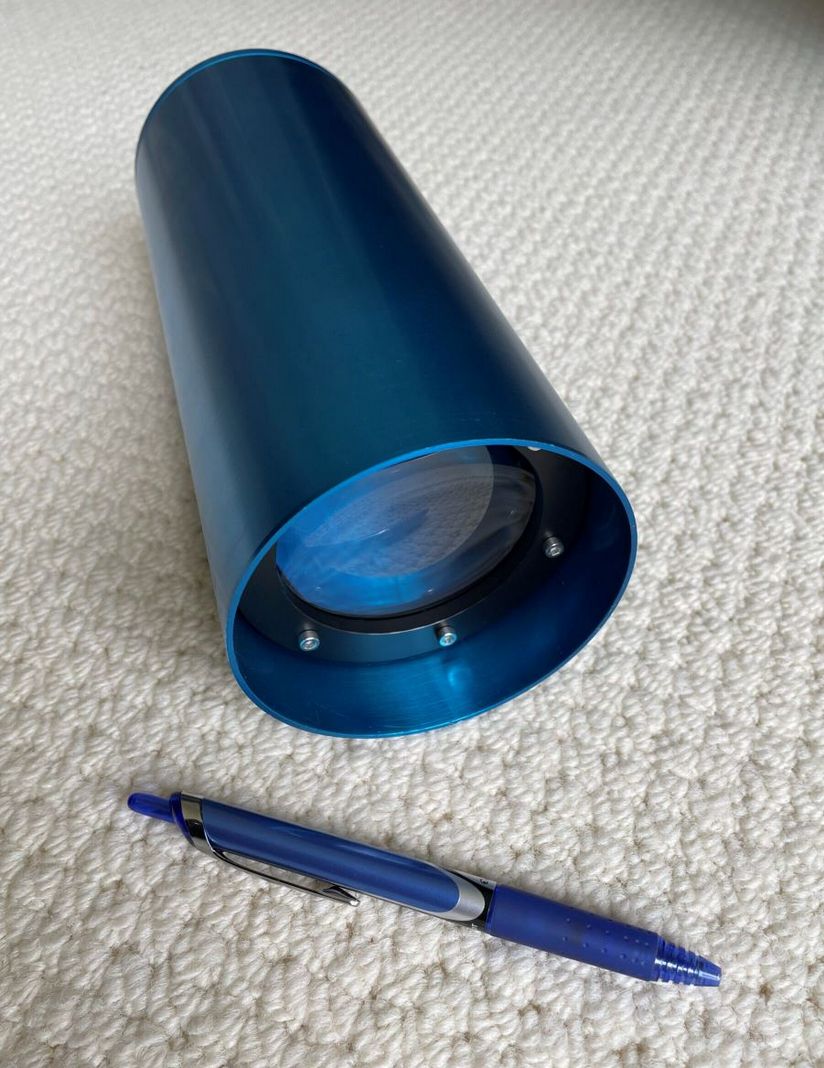
TinyHawk: Compact Design, Advanced Performance
Optimized for closer-range hydrocarbon monitoring (up to 10 ft / 3 m) on static surfaces, TinyHawk combines reliability with minimal size, weight, and power consumption in a cost-effective package.
KEY SPECIFICATIONS:
Monitored surfaces: Static surfaces such as concrete, metal, soil, calm, level water, etc., where the distance between the sensor and the surface remains relatively constant.
Detectable hydrocarbons: TinyHawk can detect a wide range of liquid hydrocarbons from crude oil to refined intermediates and light, midweight, and heavy finished products including fuel oils, lubricants, heating oils, hydraulic oils, diesel, jet fuels, avgas, naphtha, and gasoline.
Light source: LED
Operational wavelength bands: UVA / UVB
Detection range: 0.7 to 10.0 ft (0.2 to 3.0 m)
Sensitivity: Sub-μm / sub-ppm, adjustable
Detection/installation angle: Up to ±45° from perpendicular to surface
Pulse rate: Up to 10 Hz, adjustable
Enclosure: IP68 standard, HazLoc (Class I/II/III, ATEX) optional
Size (Standard): Ø 4” x 3.5” (Ø 10 cm x 9 cm)
Weight (Standard/HazLoc): 1.5 lb / 5.5 lb (0.7 kg / 2.5 kg)
Power: 12–35 VDC, 1.5 W
Interface and Communication: RS-485 (Modbus RTU), USB; 4-20 mA / SPDT relay
Optional features: HazLoc (Class I/II/III, ATEX) enclosure, Wired or Wireless data transmission and alerts, Stand-alone or Networked operation, Data logger
Need an industry-specific datasheet? Contact us.
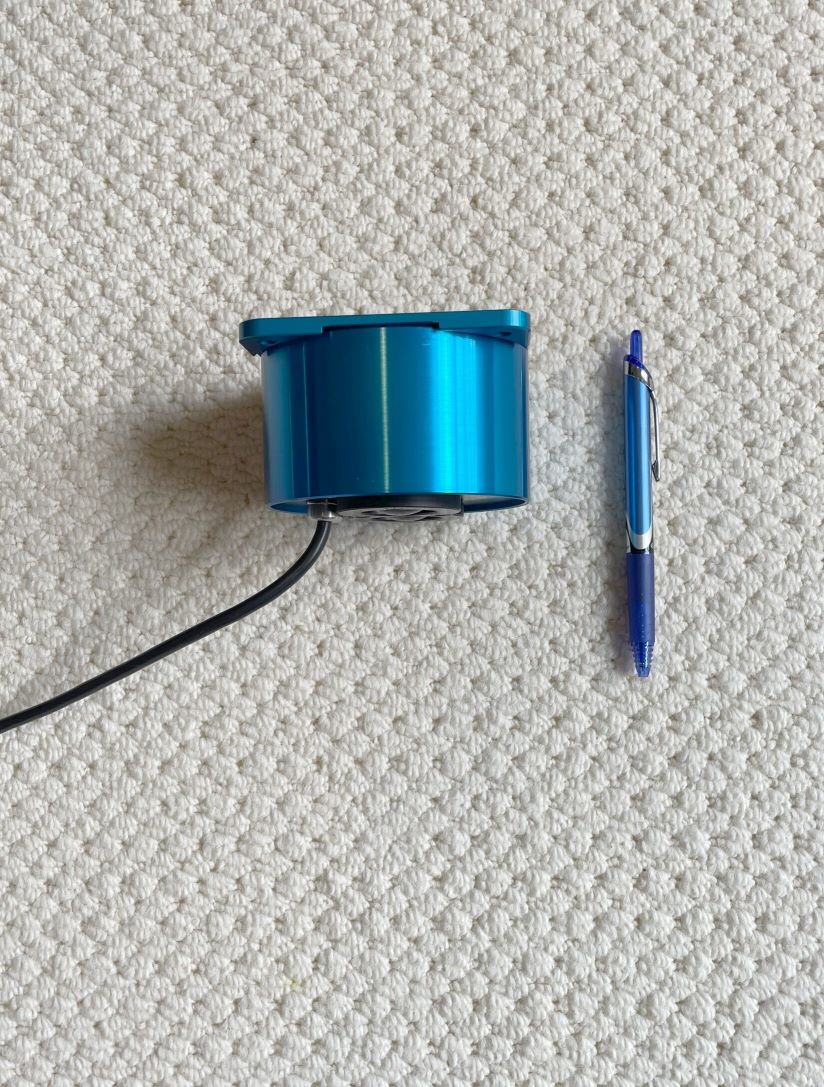

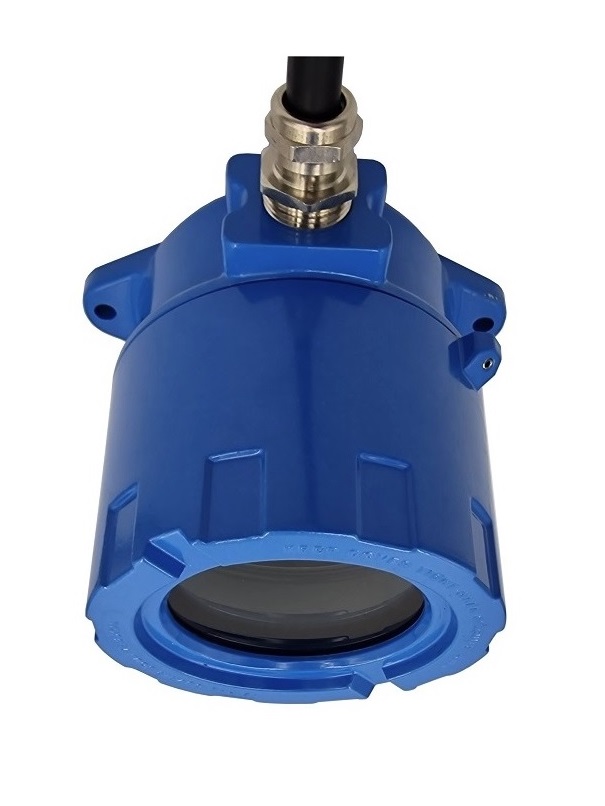
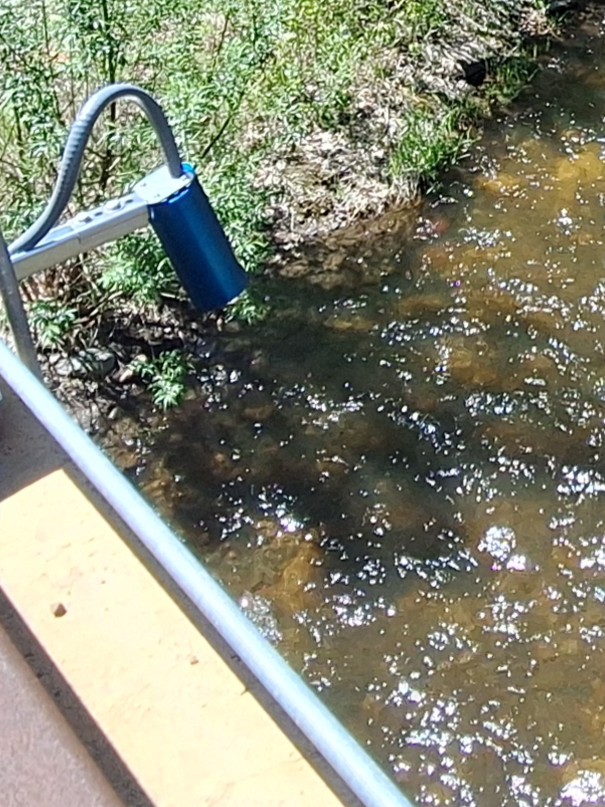
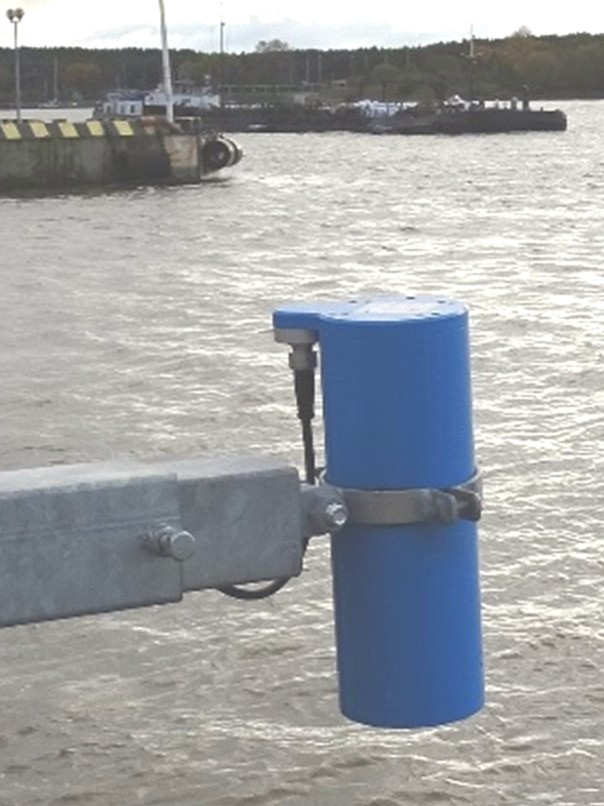
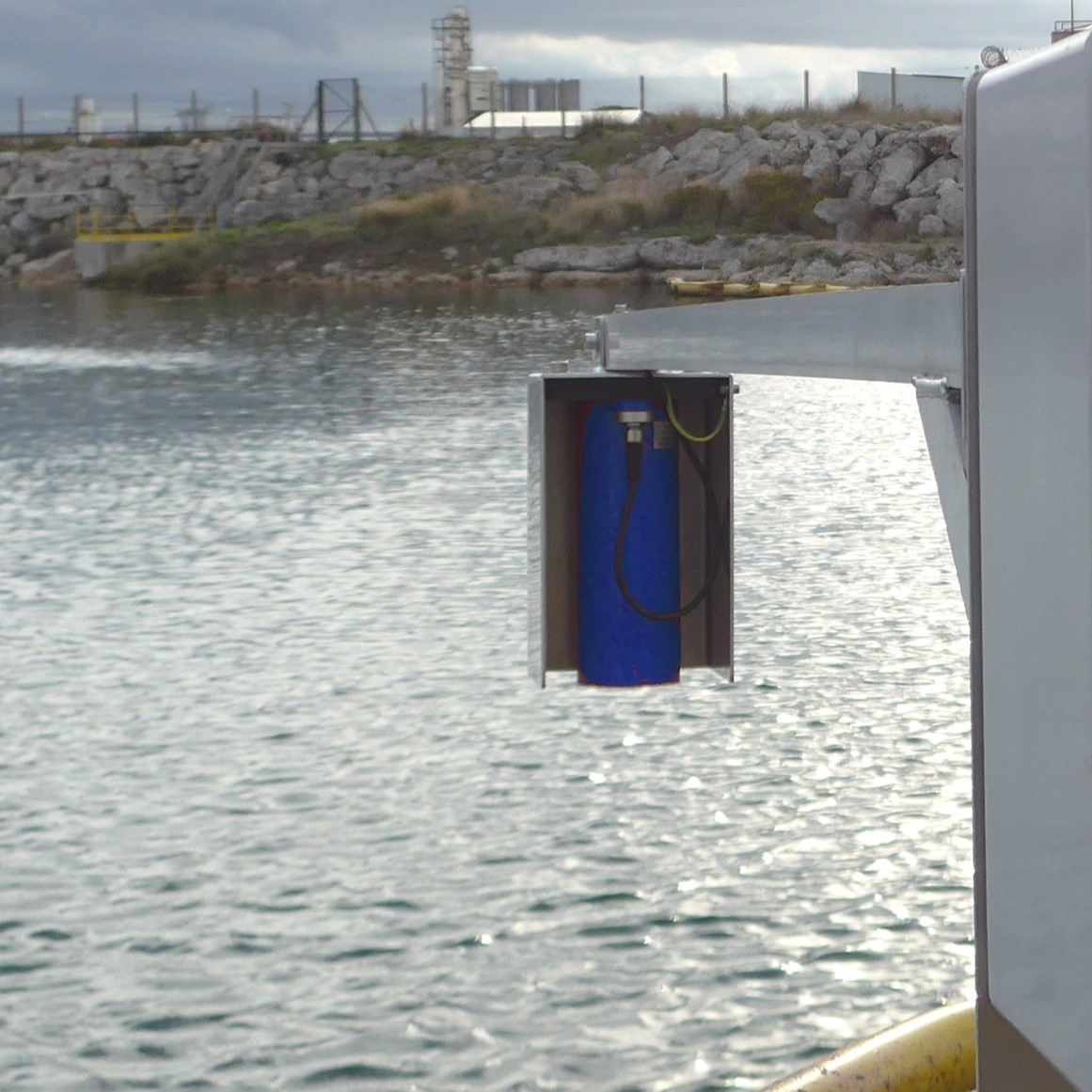
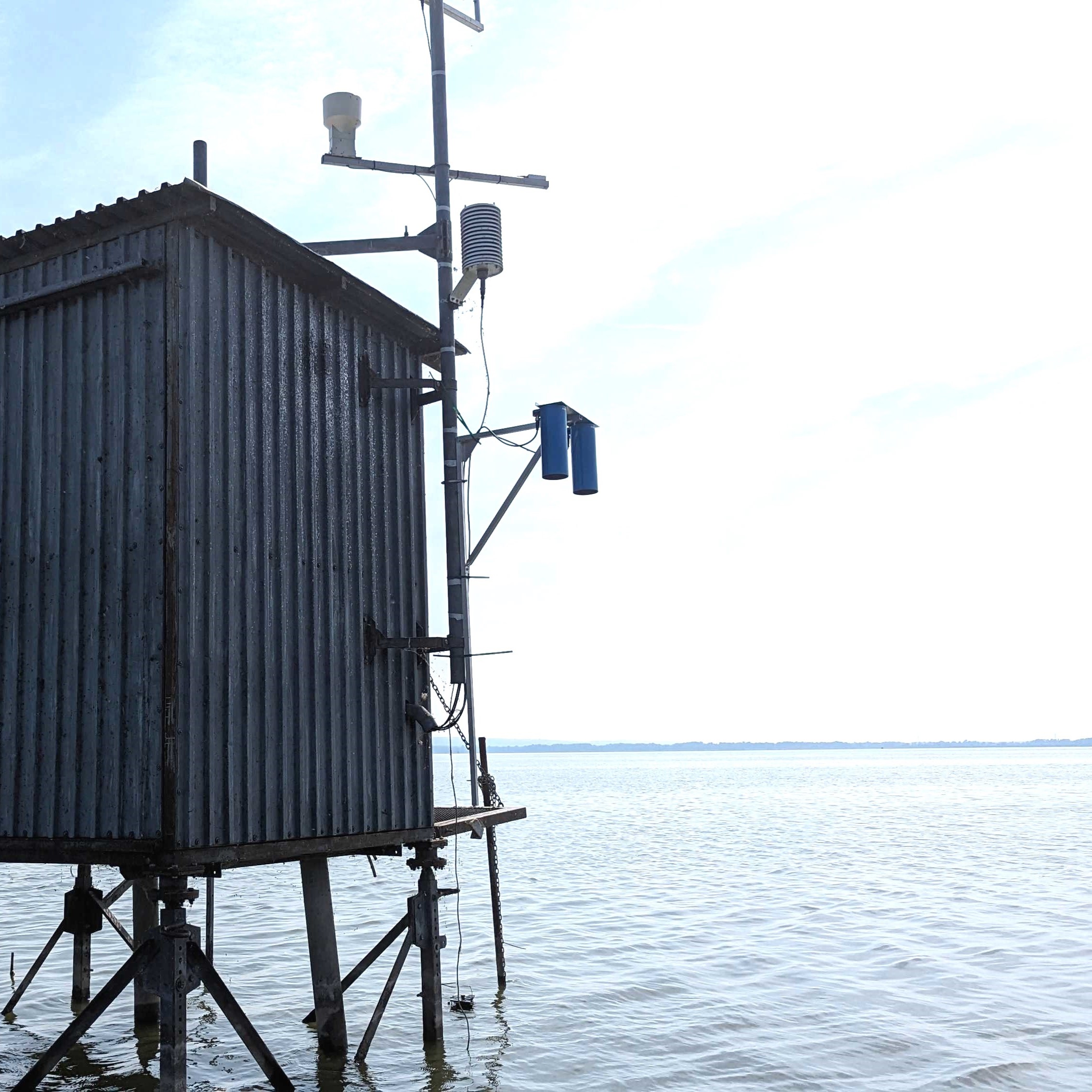

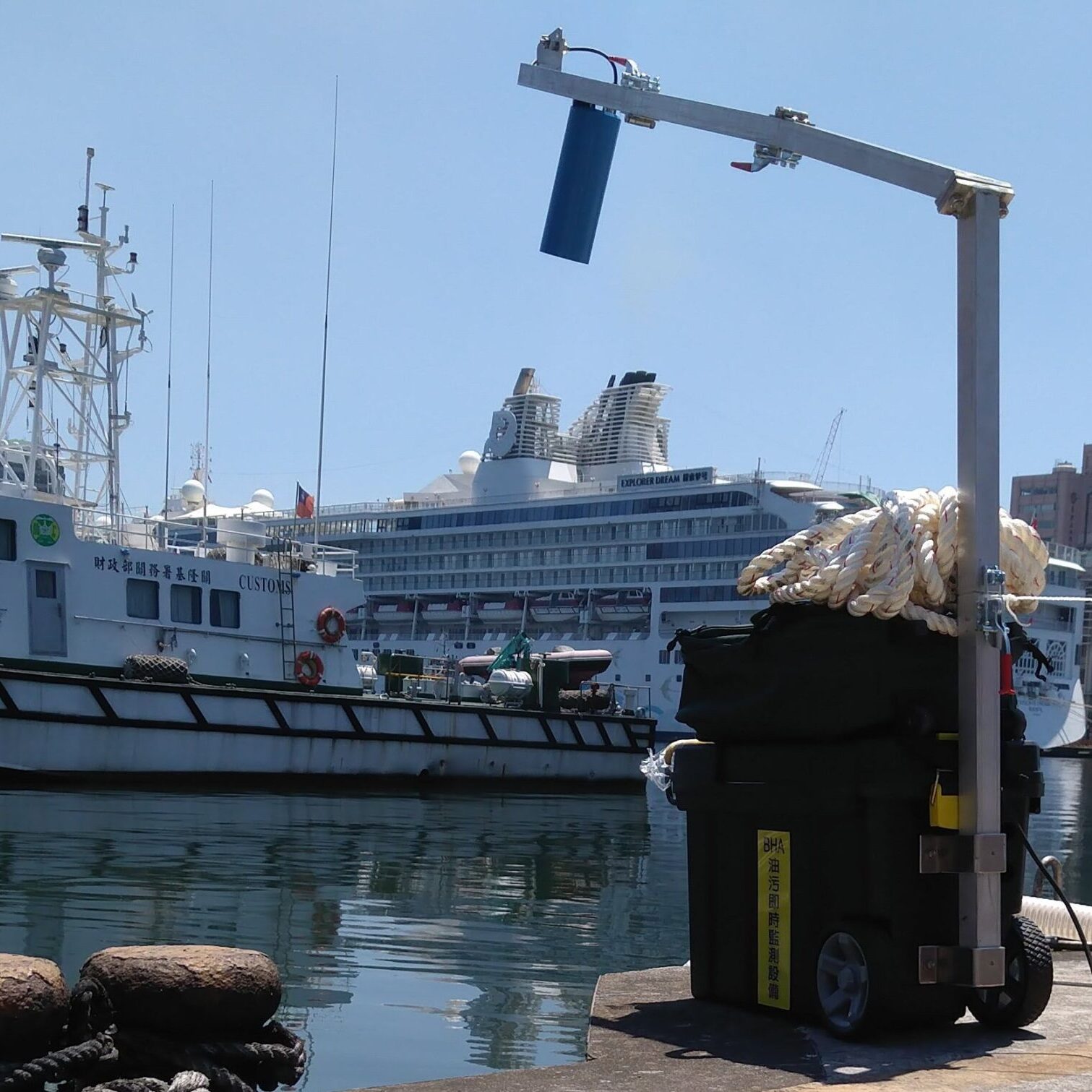

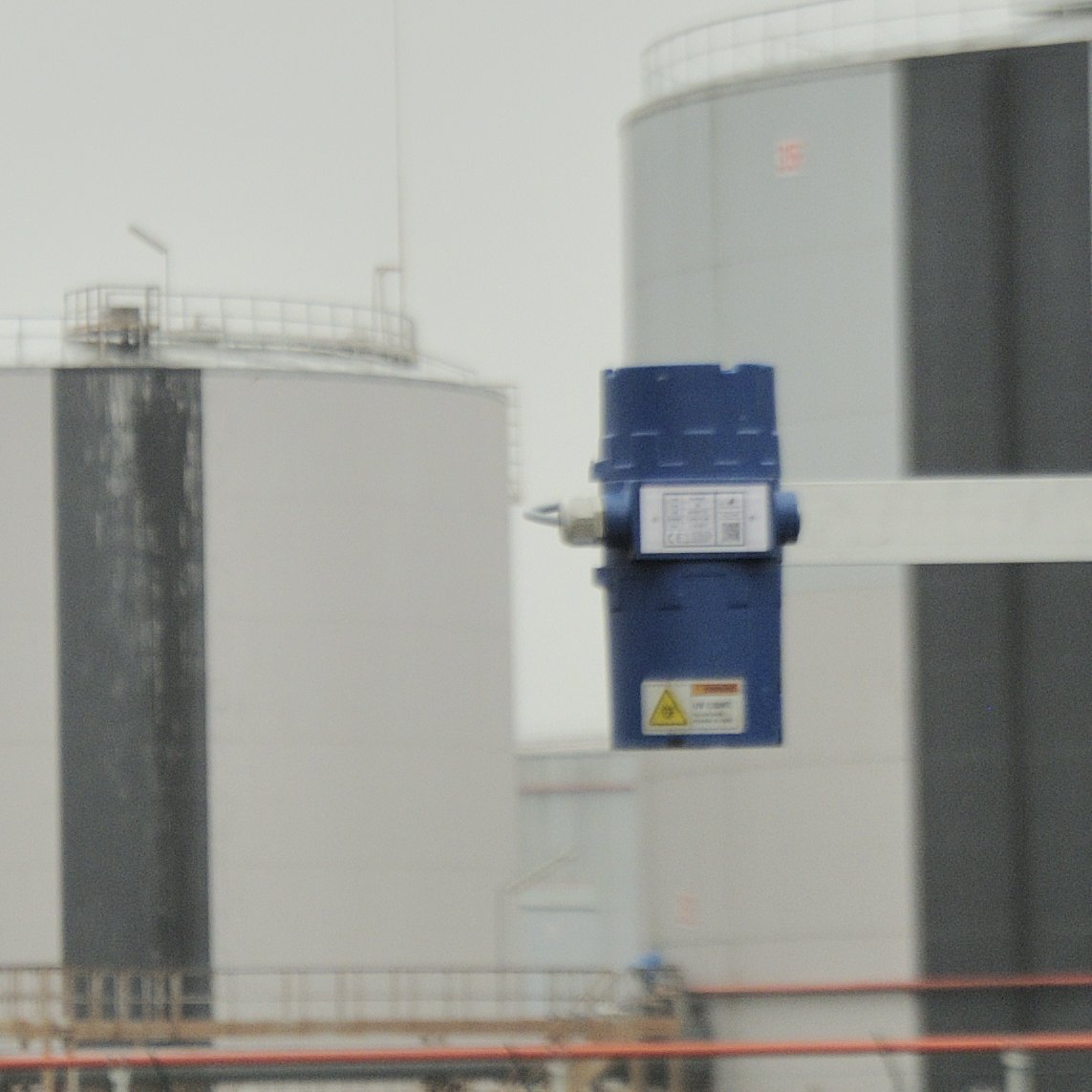
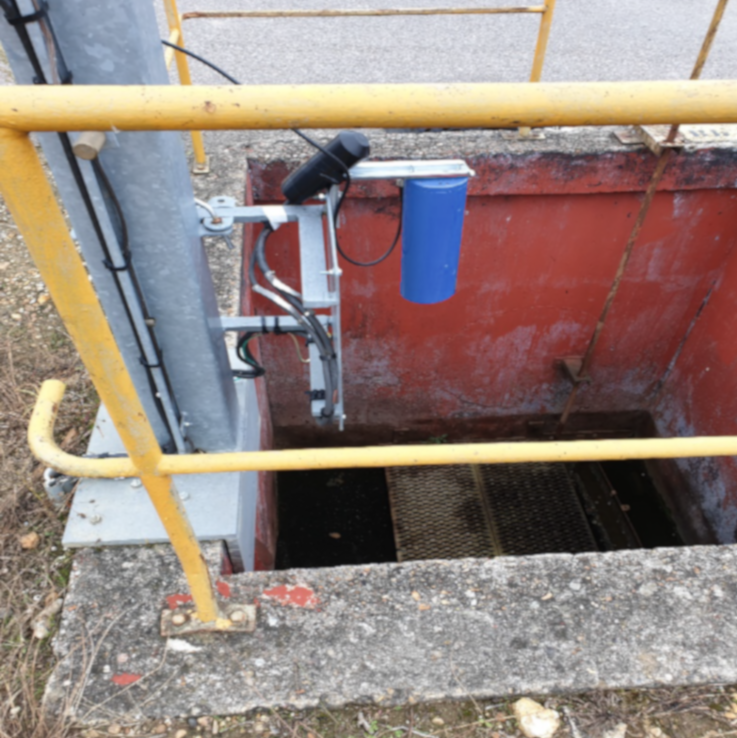
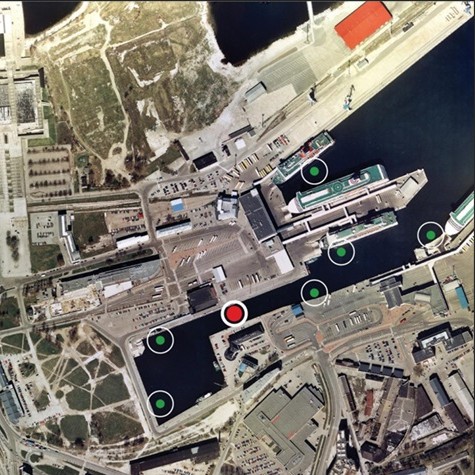
About PhotonTec™
Smart Sensing for Safer and Cleaner Tomorrow™
PhotonTec’s founders bring over 30 years of optical sensing and imaging expertise to your industrial and environmental monitoring needs. Based in Atlanta, GA, we specialize in advanced non-contact multispectral fluorometric sensors for oil/fuel detection and HABs monitoring, utilizing patented CFRS™ technology and deep knowledge in optical and photonic systems. Our experience spans a range of applications—from IR sensing to 3D machine vision and AI-driven inspection systems.
We provide comprehensive sales, application support, and expert technical services for the Hawk series sensors, ensuring seamless deployment and reliable performance across diverse monitoring environments. Our customer-focused approach guarantees tailored solutions to meet specific operational requirements.
Manufactured at ISO 9001:2015 certified facilities in Europe, our sensors combine state-of-the-art optics and electronics, delivering the reliability and precision demanded by leading organizations worldwide.
Our leadership actively contributes to industry best practices through participation in the AWWA Real-time Water Quality Monitoring Committee (RWQMC). We also host a professional LinkedIn community focused on non-contact water monitoring for hydrocarbons, HABs, and CDOM, supporting knowledge-sharing among utilities and environmental professionals.
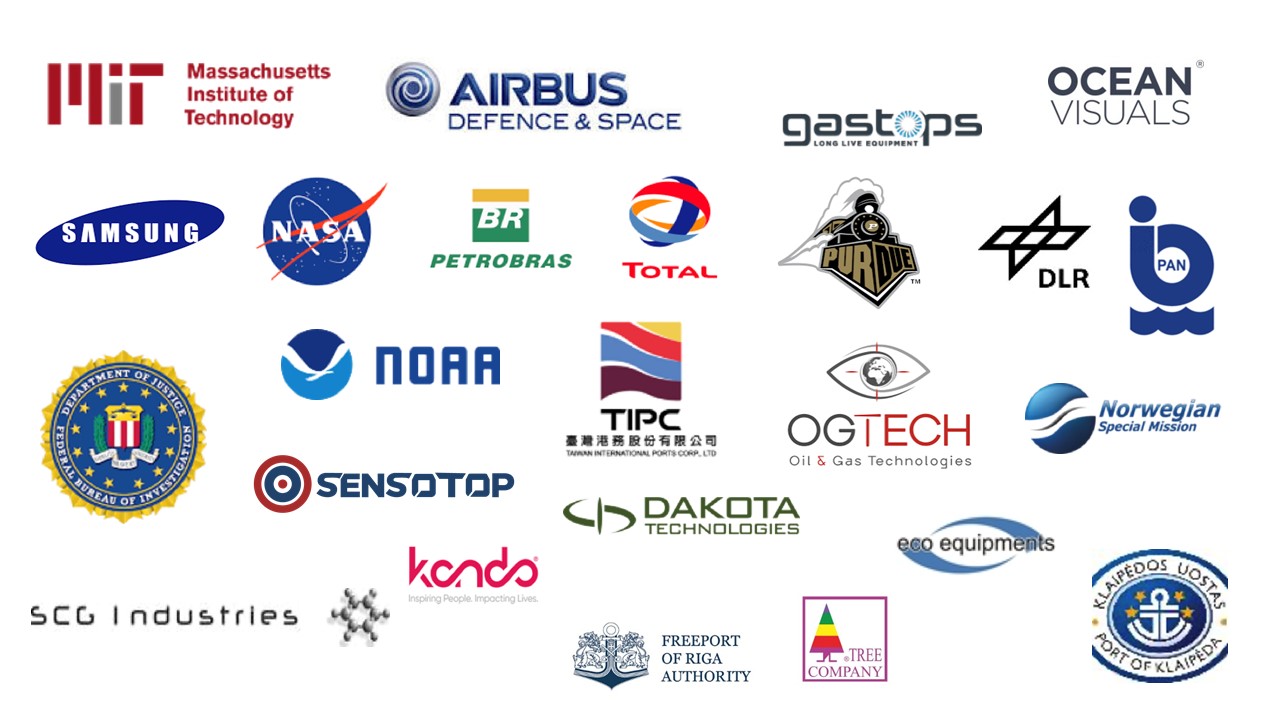
Trademarks used herein are the property of their respective owners.
We’d Love to Hear from You
We’re here to help! Whether you’re interested in Hawks’ features, exploring applications for your operations, requesting product documentation, scheduling a free demo, conducting feasibility tests with your samples, or making press inquiries—we’re ready to answer your questions.
Contact us using the form below or by:
Phone: +1 (770) 366-4137
Email: info@photontec.net
LinkedIn Community:
Non-Contact Water Monitoring: Hydrocarbons, HABs & CDOM
https://www.linkedin.com/groups/16073024/
Website: www.photontec.net
Location: Atlanta, GA, USA (Eastern Time)
